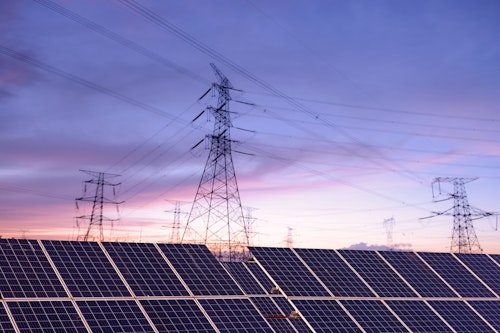Pathways to Accelerating Clean Energy (PACE): A New Project Aimed at 'Picking Up the Pace' of Clean Energy Deployment

The breadth of federal investments passed in 2021 and 2022 has accelerated the race to address climate change and scale clean energy infrastructure in the United States. The Bipartisan Infrastructure Law, the CHIPS and Science Act, and the Inflation Reduction Act are the largest clean energy investments in US history, galvanizing the public and private sectors in unprecedented ways. These legislative advancements have been vital in transforming the US energy landscape, setting the stage for increased deployment of clean energy resources. However, despite growing levels of clean energy joining the grid, the US is still behind in the race to net-zero by 2050. In order to efficiently utilize the incentives provided in these historic pieces of legislation and deliver the tangible benefits of these projects to communities, the ‘non-cost’ barriers that impede and delay the build out of clean energy must be better understood.
Third Way’s Climate and Energy Program’s Pathways to Accelerating Clean Energy (PACE) project aims to unpack these impediments, identifying and quantifying the diverse nature of existing clean energy roadblocks slowing energy deployment across the US. Through an expansive new project database, an industry survey and semi-structured interviews with those on the frontline of the clean energy transition, the PACE project will build a robust and unique dataset to identify the current and anticipated roadblocks stalling the clean energy build out. By categorizing and measuring the non-cost barriers that threaten to impede clean energy deployment, this study will lay the foundation for a robust policy roadmap to guide future climate action and seeks to extend the policy conversation to include the whole range of challenges to be overcome on the pathway to decarbonization.
This slide deck seeks to introduce the first stage of the PACE project, a gap analysis that has been performed to identify the most critical technological areas and the barriers that hinder project’s development and completion. In their literature review, our consultant ERM explores the real and perceived barriers impacting large-scale clean energy deployment in existing research. They identify four separate categories of non-cost barriers and provide an overview of their impact on green hydrogen, transmission and utility-scale solar projects. The four main themes that emerged include community/stakeholder engagement and opposition, permitting and siting, interconnection, and regulatory policies and market designs.
These initial findings lay the groundwork for the PACE project’s efforts to build a comprehensive dataset that identifies key obstacles and informs the development of targeted policies that facilitate deployment. Third Way is delighted to announce the launch of PACE and is excited to share our findings as the project progresses.
View Pathways to Accelerating Clean Energy (PACE) A Literature Review
Subscribe
Get updates whenever new content is added. We'll never share your email with anyone.

